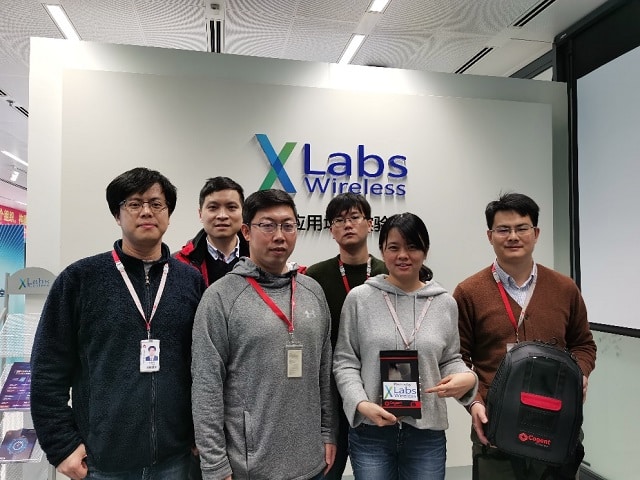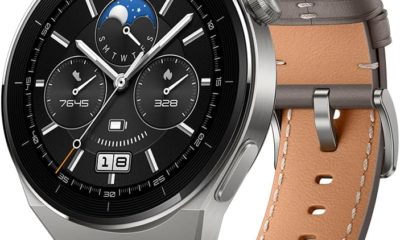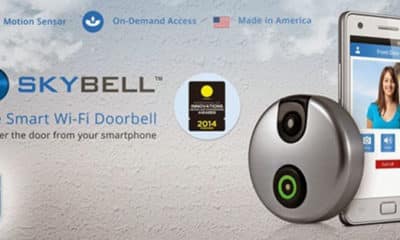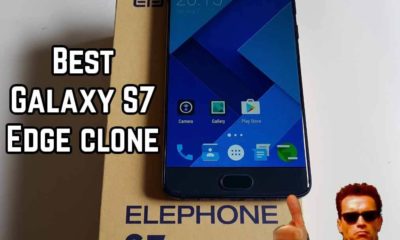Development and Hacking
World’s First 4K Broadcast Encoder with 5G Modules a Milestone for Cogent and Huawei

Cogent and Huawei jointly concluded phase one tests of the industry’s first 4K broadcast encoders integrated with 5G modules at Huawei’s Shanghai Wireless X Labs (X Labs). The successfully piloted end-to-end (E2E) broadcast service marks an important step toward the commercial adoption of 5G media industry applications.
The encoder is the world’s first industrial pre-commercial product that supports both 5G non-standalone and standalone (NSA/SA) technologies and this is the first time integration tests have been carried out for media applications in conjunction with Huawei’s MH5000 modules. In the future, 5G 4K broadcast backpacks will become more compact and lightweight, featuring only encoders and batteries and with no need for customer-premises equipment (CPE) and mobile phones, while also offering stronger capabilities and improved battery life.
5G 4K broadcast backpacks were first introduced to the media industry in 2019, delivering 4K video broadcasts by tapping into such powerful 5G capabilities as wide coverage, high bandwidth, and low latency. Utilizing these features, 5G networks offer an ideal alternative to optical fiber links, microwave links, and outside broadcasting (OB) van systems required for 4K video transfer to studios in real time, while also enabling reliable real-time multi-camera, cross-region coordination and remote dispatching. As a result, traditional video transmission systems have now been resized to fit small backpacks and video collection and editing tasks can be completed on site, transforming conventional broadcast techniques.
The 4K broadcast encoder has two integrated MH5000 modules developed by Huawei, providing transmission support in dynamic traffic sharing mode for 40 Mbps 4K videos. This product supports both 5G NSA and SA networks in video transfer to cloud-based servers, where videos are then distributed to post processing devices. At the same time, the cloud-based servers support service level agreement (SLA) monitoring, which allows key performance indicators (KPIs) to be dynamically collected for networks and services in order to better determine if the link quality meets video upload requirements.
“5G commercial industry applications are integrated with 5G modules and native SLA monitoring functionality and require tailored optimizations for wide-area wireless service mechanisms,” said Zhao Qiyong, Director of Wireless X Labs. “5G 4K backpacks integrated with 5G modules are a typical example of the efforts being made in this area. 5G networks and associated terminals are already seeing large-scale commercial adoption and Huawei will continue to work with industry partners to enable vertical industries with 5G technology and evolve these showcases to real-world commercial applications.”
-

 Business5 months ago
Business5 months agoBest Technology Companies To Work For: 10 Top Picks For You
-

 Business5 months ago
Business5 months agoLatest Developments In Artificial Intelligence: 5 Best Breakthroughs
-

 Development and Hacking4 months ago
Development and Hacking4 months agoEmerging Technologies In Cyber Security: Full Guide In 2025
-

 Phones4 months ago
Phones4 months agoFind My Phone Using Google Account: Full How To Guide (5 Steps)
-

 Business4 months ago
Business4 months agoBest Tech Cities In The US: 7 Opportunities You Shouldn’t Miss Out
-

 Phones3 months ago
Phones3 months agoFind Samsung Phone: 6 Great Ways To Find Lost Or Stolen Device
-

 Phones2 months ago
Phones2 months agoAll Google Apps: Ultimate Guide For The Most Useful Ones (2025)
-

 Phones3 months ago
Phones3 months agoSwitch From iPhone To Android: 7 Reasons For Switching Sides






























